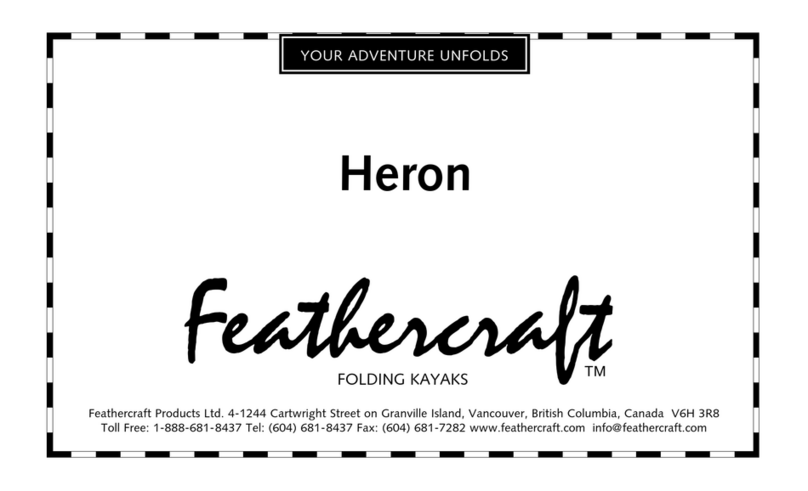6) Common reminders across Windworks’ cruising/power fleet
Electrical
Batteries
•Monitor batteries regularly; use built in voltmeters
•Manage batteries. Windlass, 12V fridge, RADAR,
inverter (for things like microwave), drain quickly
•When using windlass, run engine 1500+ RPMs in
neutral (push button at bottom of throttle lever)
•Never turn battery or key off when engine running
•To charge both: Perko dial on both, 2200+ RPMs
Inverters
•Check WW boat spec sheet to see if boat has built in
inverter. If not, some have 12v portable inverters on
board (check…or bring your own)
(2nd) A/C breaker switches in aft lockers:
•Normally always left on. But sometimes accidently
tripped when stowing gear, fenders. If there is no power
at main panel for some reason: check it
Remote VHF mic for cockpit
•Power off before connecting/disconnecting
Fluxgate compass
•Know where it is when stowing gear; keep items that
might affect magnetic field away
Plumbing
Water system
•Use only 1 water tank at a time (except Trolls). If pump
runs 2 minutes w/out water; tank dry; shut it off. Best to
keep water pressure switch off any time not using,
always when leave boat.
•Water heater off when leave boat
•To heat H2O w/engine: 2200+ RPMs for ½ hr+
Tank gauges
•Readings often suspect: asymmetric tanks, reader
location, sticking float (think holding tank), etc.
Head/holding tank
•If the head is suddenly hard to pump; STOP! Tank is
probably full; avoid rupturing system
Power boats when on a plane
•Fuel and water collect at the back of their tanks; gauges
won’t read accurately. Turn off water pump to avoid it
running dry in this case, and burning out
Through hulls
•Close head sink drain and/or toilet intake before sailing;
heeling may cause overflow
•Always close thru hull when open raw water filter,
remember to re-open before starting
Electric bilge pump
•Know how to set switch to automatic for that boat
Emergency fuel cut-off valves
•Only for emergency (e.g. fire, fuel leak)
10/4/2014 9
Heating/Cooling
Diesel heaters
•Get instruction for each heater, but typically:
•Once started, will blow cool air for 10 minutes before
heater lights. If heater doesn’t light in that time, shut
off and turn on again after a few minutes
•Once started, heater should be allowed to run/cycle
at least ½ hr before shut off
• If wired through battery switch, don’t turn off battery
until heater turned off; needs to finish cycling
•If wired directly to battery, remember to turn off
heater, otherwise will continue to run after battery
switch is off
•Dangerous to run diesel heaters while crew sleeping
Exhaust outlets (engine & metal heater pipe)
•Keep dinghy, lines, fenders, etc. clear of them; risk
of melting and CO forced back in cabin
Ice box/dry box/fridge (know which you have)
•Pre-cool night before; turn on and/or ice
• Drains: some don’t have; melt needs sponged out
•Keep drain plugged when ice in it to keep cold air
from draining out. If drains to bilge be careful not to
let anything but ice melt thru it (think sour milk smell)
•Leave open to air out when empty to avoid
mildew/smell. Front loading fridges usually have
latch with a setting that leaves ajar and another that
locks door shut
Deck General
Furling main sails
•Problems usually show up when unfurling, but
created furling; should put boom 90 degrees to mast
when furl, head-to-wind, slight tension on outhaul;
watch as furls for issues (e.g. folds in letch) stop and
fix, stop furling before sail clew wear patch (about 2’)
Depth sounder
•Assume reads from water surface unless boat
documents indicate otherwise
Mast height (on boat specifications)
• Is from deck, so LESS than ‘bridge clearing height’
(+ freeboard) unless specifically stated
Swim ladders
•Some can’t be dropped from outside (think dinghy).
Remember to pull up before departure
Vessel numbers
•If documented vessel boarded by USCG, they may
ask to see number on boat itself



























